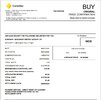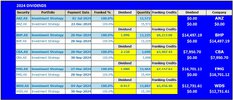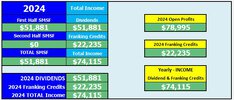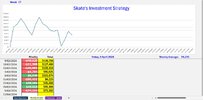- Joined
- 28 August 2022
- Posts
- 7,228
- Reactions
- 11,785
Whether the work be physical or mental, that is the only true way to get that "free" lunch.No short cuts or free lunches in life, when something is easy there's always a catch somewhere I've found especially when it comes to making money.
Though, I have been fortunate enough a few times to be on the receiving end of a "free" lunch when working away from home.











